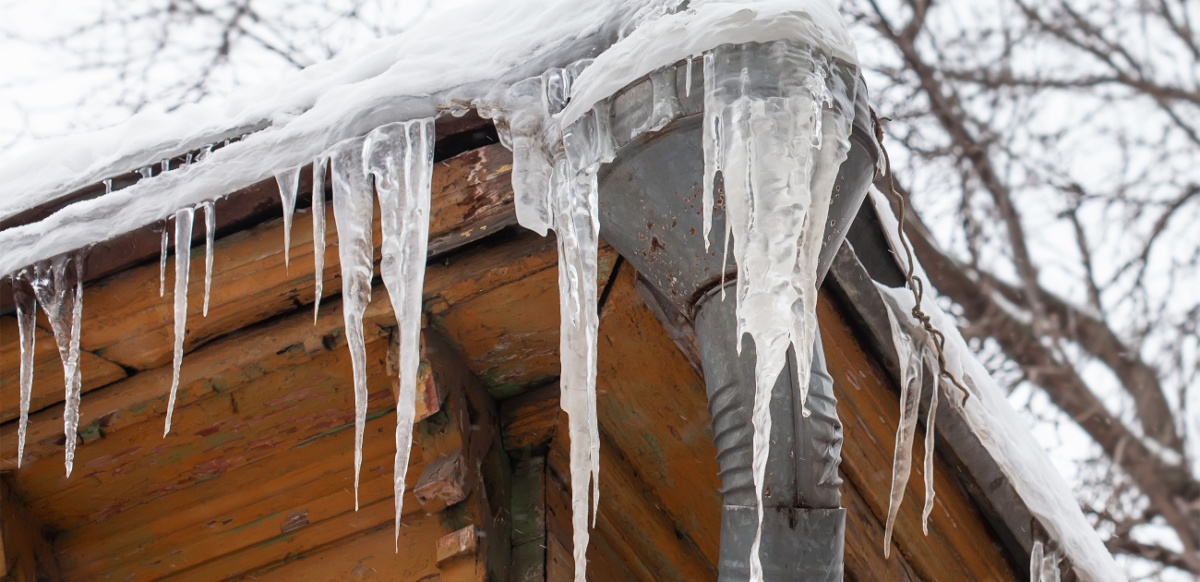Avoiding Frozen Pipes: Top Methods for Winter
Avoiding Frozen Pipes: Top Methods for Winter
Blog Article
Have you been trying to locate ideas concerning Winter Plumbing Precautions: Preventing Frozen Pipes?

Winter can ruin your pipes, specifically by freezing pipelines. Below's how to prevent it from occurring and what to do if it does.
Introduction
As temperature levels decline, the risk of icy pipelines increases, potentially resulting in pricey fixings and water damages. Understanding how to avoid frozen pipes is important for home owners in chilly climates.
Avoidance Tips
Protecting susceptible pipelines
Wrap pipelines in insulation sleeves or use warmth tape to safeguard them from freezing temperature levels. Focus on pipelines in unheated or exterior areas of the home.
Heating methods
Maintain interior areas adequately heated up, specifically areas with plumbing. Open up closet doors to allow warm air to distribute around pipelines under sinks.
Just how to identify frozen pipes
Search for reduced water circulation from taps, uncommon smells or noises from pipes, and noticeable frost on revealed pipelines.
Long-Term Solutions
Architectural modifications
Take into consideration rerouting pipelines far from outside wall surfaces or unheated locations. Add additional insulation to attic rooms, cellars, and crawl spaces.
Updating insulation
Purchase top notch insulation for pipelines, attic rooms, and walls. Appropriate insulation helps maintain regular temperature levels and minimizes the threat of frozen pipes.
Protecting Exterior Pipes
Garden tubes and exterior faucets
Disconnect and drain pipes yard pipes before winter season. Install frost-proof spigots or cover exterior faucets with protected caps.
Understanding Frozen Pipelines
What creates pipes to freeze?
Pipelines ice up when exposed to temperatures below 32 ° F (0 ° C) for prolonged durations. As water inside the pipelines ices up, it expands, putting pressure on the pipe walls and potentially triggering them to rupture.
Dangers and problems
Frozen pipes can cause water system disturbances, residential or commercial property damage, and expensive repairs. Ruptured pipelines can flooding homes and trigger comprehensive structural damages.
Indications of Frozen Pipeline
Identifying icy pipes early can stop them from breaking.
What to Do If Your Pipes Freeze
Immediate activities to take
If you presume frozen pipelines, keep taps open to soothe pressure as the ice thaws. Use a hairdryer or towels taken in hot water to thaw pipelines slowly.
Verdict
Stopping frozen pipes needs proactive actions and quick responses. By understanding the reasons, indications, and preventive measures, property owners can protect their pipes throughout winter.
5 Ways to Prevent Frozen Pipes
Drain Outdoor Faucets and Disconnect Hoses
First, close the shut-off valve that controls the flow of water in the pipe to your outdoor faucet. Then, head outside to disconnect and drain your hose and open the outdoor faucet to allow the water to completely drain out of the line. Turn off the faucet when done. Finally, head back to the shut-off valve and drain the remaining water inside the pipe into a bucket or container. Additionally, if you have a home irrigation system, you should consider hiring an expert to clear the system of water each year.
Insulate Pipes
One of the best and most cost-effective methods for preventing frozen water pipes is to wrap your pipes with insulation. This is especially important for areas in your home that aren’t exposed to heat, such as an attic. We suggest using foam sleeves, which can typically be found at your local hardware store.
Keep Heat Running at 65
Your pipes are located inside your walls, and the temperature there is much colder than the rest of the house. To prevent your pipes from freezing, The Insurance Information Institute suggests that you keep your home heated to at least 65 degrees, even when traveling. You may want to invest in smart devices that can keep an eye on the temperature in your home while you’re away.
Leave Water Dripping
Moving water — even a small trickle — can prevent ice from forming inside your pipes. When freezing temps are imminent, start a drip of water from all faucets that serve exposed pipes. Leaving a few faucets running will also help relieve pressure inside the pipes and help prevent a rupture if the water inside freezes.
Open Cupboard Doors
Warm your kitchen and bathroom pipes by opening cupboards and vanities. You should also leave your interior doors ajar to help warm air circulate evenly throughout your home.

We were made aware of that write-up about Helpful Tips to Prevent Frozen Pipes this Winter from an acquaintance on another web property. Do you know about somebody who is involved in the topic? Feel free to promote it. I praise you for your time. Kindly come by our website back soon.
Schedule Now! Report this page